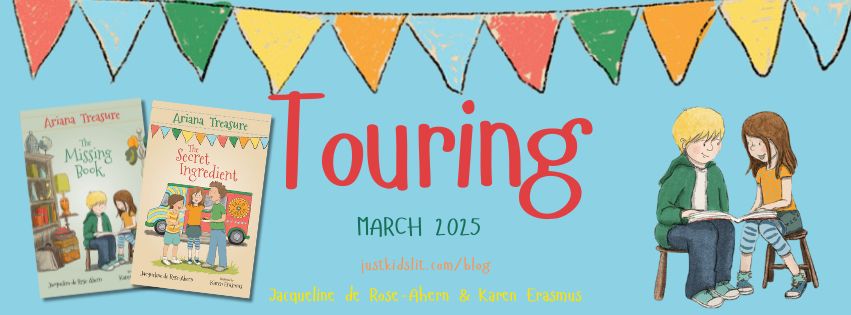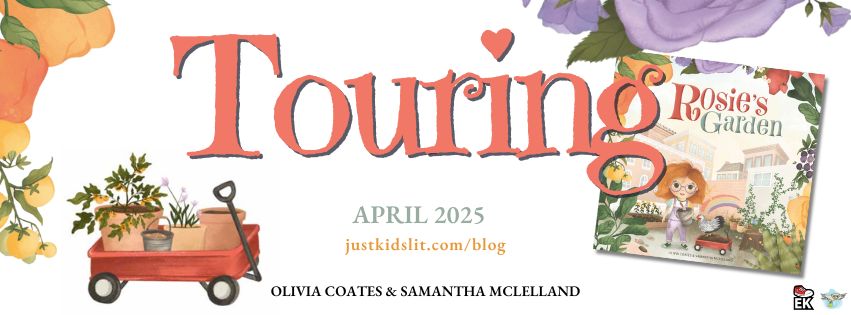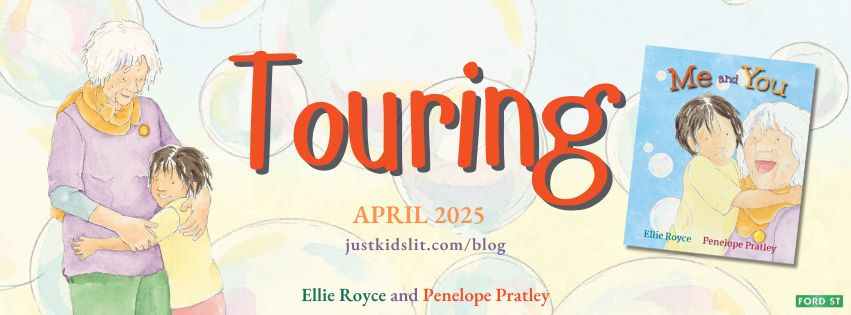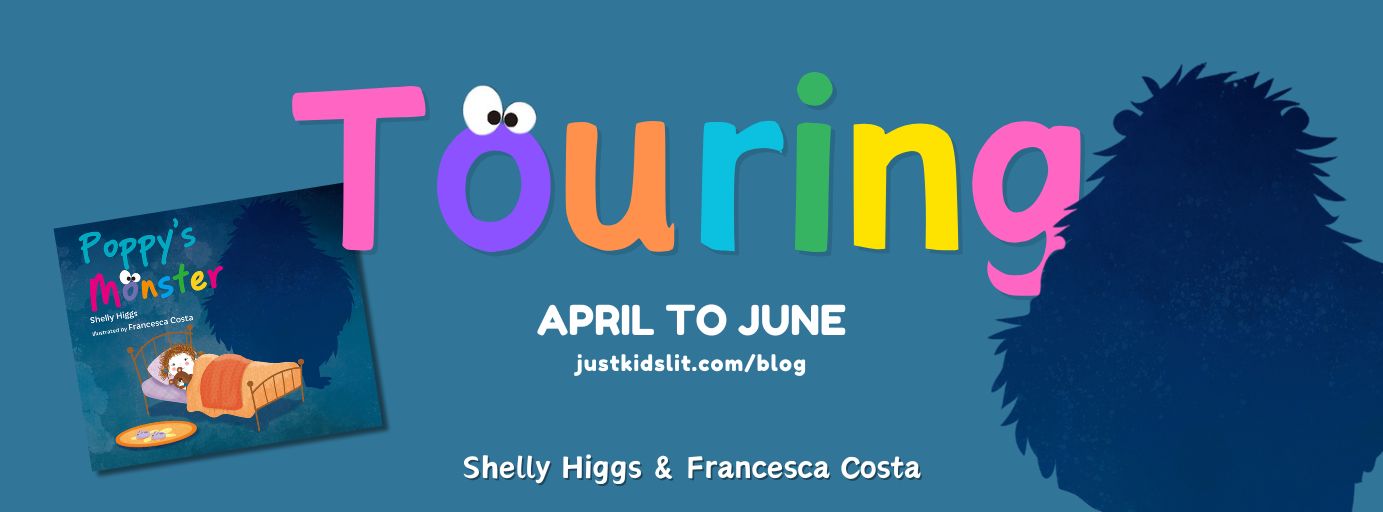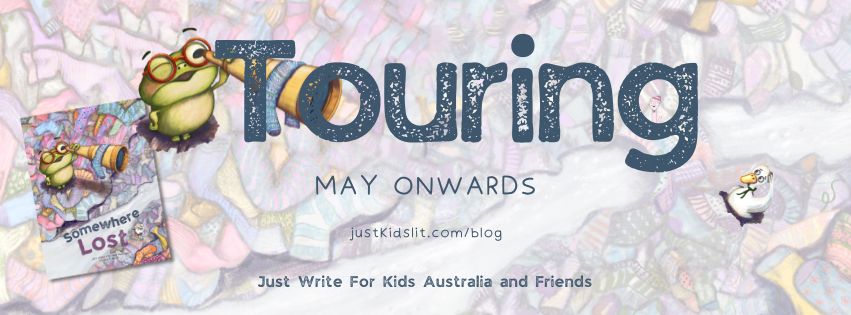#thewindandthemouse #themousenandtheegg #bookcampaign #booksontourpr
The Willing Kids Program series provides myriad of opportunities for literacy and social-emotional growth in young children, and to a range of abilities. The first two books, The Wind and the Mouse and The Mouse and the Egg, focus on themes such as kindness, responsibility, adapting to change and courage, in fun, gentle and playful ways. Here, we’ll explore the concept of responsibility with easily accessible, hands-on activities.
*The Willing Kids Program series, and The Wind and the Mouse and The Mouse and the Egg are written by Michelle Worthington, illustrated by Adyna Ferre, published by Daisy Lane Publishing.
Key Curriculum Areas: Foundation – Year 2
English
Responding to literature: Share feelings and thoughts about the events and characters in texts (ACELT1783)
Examining literature: Identify some features of texts including events and characters and retell events from a text (ACELT1578)
Creating literature: Retell familiar literary texts through performance, use of illustrations and images (ACELT1580)
Interacting with others: Use interaction skills including turn-taking, recognising the contributions of others, speaking clearly and using appropriate volume and pace (ACELY1788)
Interpreting, analysing, evaluating: Use comprehension strategies to understand and discuss texts listened to, viewed or read independently (ACELY1650)
Creating texts: Create short imaginative and informative texts that show emerging use of appropriate text structure, sentence-level grammar, word choice, spelling, punctuation and appropriate multimodal elements, for example illustrations and diagrams (ACELY1661)
Science
Physical sciences: The way objects move depends on a variety of factors, including their size and shape (ACSSU005)
A push or a pull affects how an object moves or changes shape (ACSSU033)
Nature and development of science: Science involves observing, asking questions about, and describing changes in, objects and events (ACSHE013)
Questioning and predicting: Pose and respond to questions, and make predictions about familiar objects and events (ACSIS024)
Planning and conducting: Participate in guided investigations to explore and answer questions (ACSIS025)
Communicating: Share observations and ideas (ACSIS012)
–
Reference: Australian Curriculum
 Discussion: (Based on The Mouse and the Egg)
Discussion: (Based on The Mouse and the Egg)
Before Reading –
Look at the cover of The Mouse and the Egg. What do you see? What do you think is happening?
How do you think the Mouse is feeling? How do you know?
Have you heard of the word ‘responsible’ or ‘responsibility’? What does it mean?
Think of a time when you had to take care of something or someone very precious.
After Reading –
What was the story about? What did you learn about the characters, Mouse, Mama Bird and the egg?
Why do you think Mama Bird asked Mouse to be ‘responsible’ for her egg? Why did Mouse agree to such a big job?
What did Mouse learn about being ‘responsible’? Was she good at it, and what do you think she might do differently next time?
Was there a time that Mouse thought she couldn’t look after the egg? What did she do or think to herself to get the egg back to the nest?
Watch the animated trailer and compare the book with the video.
Activities on Responsibility:
- FIVE Responsible Things:
Write down or draw FIVE things you are RESPONSIBLE for. These can include feeding a pet, making your bed, packing your lunch, playing fairly in a game, etc.
- Role-Play Responsibility:
Role-Play scenarios to see what responsibility looks and feels like. Also, engage in a scenario that didn’t go to plan. How would you handle this? Children will learn to accept responsibility rather than blaming someone else.
- Responsibility Memory Game:
 Play a game that requires literacy skills, memory and the understanding of responsibility using the downloadable The Mouse and the Egg Memory Game based on the book, The Mouse and the Egg. Depending on the child’s level, use the cards face up or down to find the matching cards. Print two copies on card stock, and laminate for durability.
Play a game that requires literacy skills, memory and the understanding of responsibility using the downloadable The Mouse and the Egg Memory Game based on the book, The Mouse and the Egg. Depending on the child’s level, use the cards face up or down to find the matching cards. Print two copies on card stock, and laminate for durability.
How to play: The first player turns two cards. If they match, they keep the cards. If they don’t match, flip them back over and it is the next player’s turn. Play is finished when all the matches have been found. Discuss which scenes show Mouse being responsible, and which ones show Mouse finding the responsibility a bit too hard.
EXTRA: Use these cards to sequence the story in order as a retell / comprehension activity.
- Keeping Your Egg Safe – Egg Drop STEM Challenge:
Take care of an egg with this fun, simple STEM egg drop challenge! You will need eggs and several zip-lock bags, plus kitchen items to protect the eggs including water, ice, paper towels, dry cereal, flour, empty, etc.
How to play: Fill each bag with a different packing material (one of them is empty), and carefully fit an egg into each bag. Test each egg drop by dropping the bags from the same height each time. Predict what you think will happen. Which one/s will break or save the egg? What did you observe?
*Teaching notes prepared by Romi Sharp, Books On Tour PR & Marketing, 2021.
Please follow Michelle Worthington at these links:
www.michelleworthington.com | Facebook | Twitter | Instagram | YouTube
The Wind and the Mouse is available for purchase at Daisy Lane Publishing| Booktopia
The Mouse and the Egg is available for purchase at Daisy Lane Publishing | Booktopia
Share your Story for a CHANCE to WIN the Mouse Books!
Click here to enter to WIN a copy of BOTH adorable books, The Wind and the Mouse AND The Mouse and the Egg!
Join us on a friendly journey as we take Michelle Worthington and her gentle picture books, The Wind and the Mouse and The Mouse and the Egg on tour, appearing at the following media sources.
Organised by Books On Tour PR & Marketing. Email: info.booksontour@gmail.com








